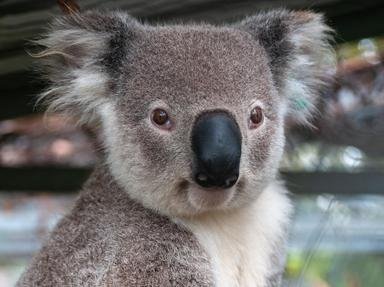
His Bite is Worse Than His Bark Quiz
Venomous Australian Creatures
Australia plays host to such an array of dangerous creatures that the mention of the country is bound to create nightmares for some. The dangerous creatures within this quiz are ones that may use venom as a bioweapon.
A collection quiz
by pollucci19.
Estimated time: 3 mins.